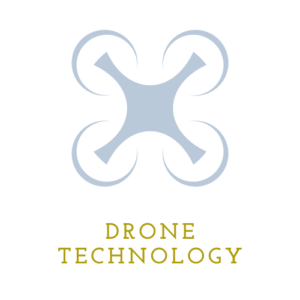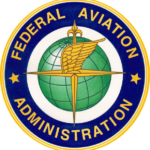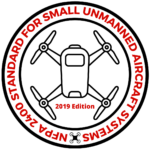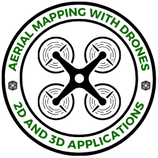Drones for Law & Public Safety Course
Drones for Law and Public Safety (DLPS)
The DLPS course is the intermediate course for a drone pathway. DLPS is also used as an advanced course in many other LPS Pathways.
This course prepares students for certifications to operate drones in the law and public safety environment. First students will complete the necessary training to be prepared to pass the FAA 107 Pilot test. Students will then train in remote sensing and photogrammetry. Students will learn how to prepare and plan for law and public safety operations. A significant portion of the course time will be dedicated to developing flight skills and performing maneuvers necessary for such operations. Using the National Institute of Standards and Technology national standard performance test for unmanned aerial vehicles, students will train for real world applications.
To learn more about LAPSEN Courses and Standards – Click Here
Be sure to review the entire course standards first – Click Here
Instructional Plans & Resources
 LAPSEN Unit Plans
LAPSEN Unit Plans
LAPSEN has a complete course (120-150 hours) of unit lesson plans available to members – Click Here to access.
Other Lesson Plan Sources
California Educators Together– The great state of California has an insane amount of resources and lessons. Be sure to search with different key words. You do have to have an account – but they give them to all teachers: Click Here
Industry Recognized Credential (IRC) for the Drones Pathway
This course is designed to adequately prepare students for all three IRCs.
FAA Part 107
NFPA 2400
Aerial Mapping
Drones Resources
NFPA 2400 Props
Plans to make your own – review the NIST Guide – Click Here
Purchase a great set props from a fellow teacher – Click Here
Drones for Law & Public Safety Course Standards
Click Here to open the SPS standards document.
Section 1: History and Careers in Aviation
Objective 1: Student will timeline the history of drones
Objective 2: Students will identify careers in drones
Section 2: Regulations
Objective 1: Remote ID
Objective 2: Flying over people and moving vehicles
Section 3: Airspace Classification, Operating Requirements and Flight Restrictions
Objective 1: Airspace types – Controlled
Objective 2: Uncontrolled
Objective 3 Special Use
Objective 4 Other Airspace
Objective 5: LAANCE
Section 4: Aviation Weather Services and Effects on Performance
Objective 1: Aviation weather sources
Objective 2: Effects of weather on uSAS performance
Section 5: sUAS Loading and Performance
Objective 1: Small Unmanned Aircraft Loading
Section 6: Emergency Procedures
Objective 1: Emergency Procedures
Section 7: Crew Resource Management
Objective 1: Human Resources
Objective 2: Hardware
Objective 3: Decision making
Section 8: Radio Communications Procedures
Objective 1: Understanding proper radio procedures
Objective 2: Traffic advisory practices at airports without operating control towers
Section 9: Determining Performance of sUAS
Objective 1: Effects of temperature on density
Objective 2: Effect of Humidity (Moisture) on Density
Section 10: Psychological Factors Affecting Performance
Objective 1: Physiological/Medical Factors that Affect Pilot Performance
Objective 2:Vision and Flight
Section 11: Aeronautical Decision Making & Judgement
Objective 1: History of ADM
Objective 2: Risk Management
Objective 3: Crew Resource Management (CRM)
Objective 4: Single-Pilot Resource Management
Objective 5: Hazard and Risk
Objective 6: Human Factors
Objective 7: The Decision-Making Process
Objective 8: Decision-Making in a Dynamic Environment
Objective 9: Situational Awareness
Section 12: Airport Operations
Objective 1: Types of airports
Objective 2: Sources for airport data
Objective 3: Latitude and Longitude
Objective 4: Antenna towers
Section 13: Maintenance, and Preflight Inspections Procedures
Objective 1: Regular vs scheduled maintenance
Objective 2: Doing Inspections
Section 14: Basics of Remote Sensing
Objective 1: Gathering Drone Data
Objective 2: Camera operation
Objective 3: Camera types
Section 15: Photogrammetry
Objective 1: Terminology
Objective 2: Mission planning
Objective 3: Image processing
Section 16: Planning Drone Operations in Public Safety
Objective 1: Evaluate operation goals in a given mission
Objective 2: Pilot and visual observer
Section 17: Drone Flying Skills
Objective 1: Preflight
Objective 2: Maintain visual line of sight
Objective 3: Payload
Objective 4: Landing
Objective 5: Postflight
Objective 6: Debriefing
Section 18: Performing Aerial Maneuvers
Objective 1: NIST UAV Course



